Top 10 Tourist Destinations in Germany
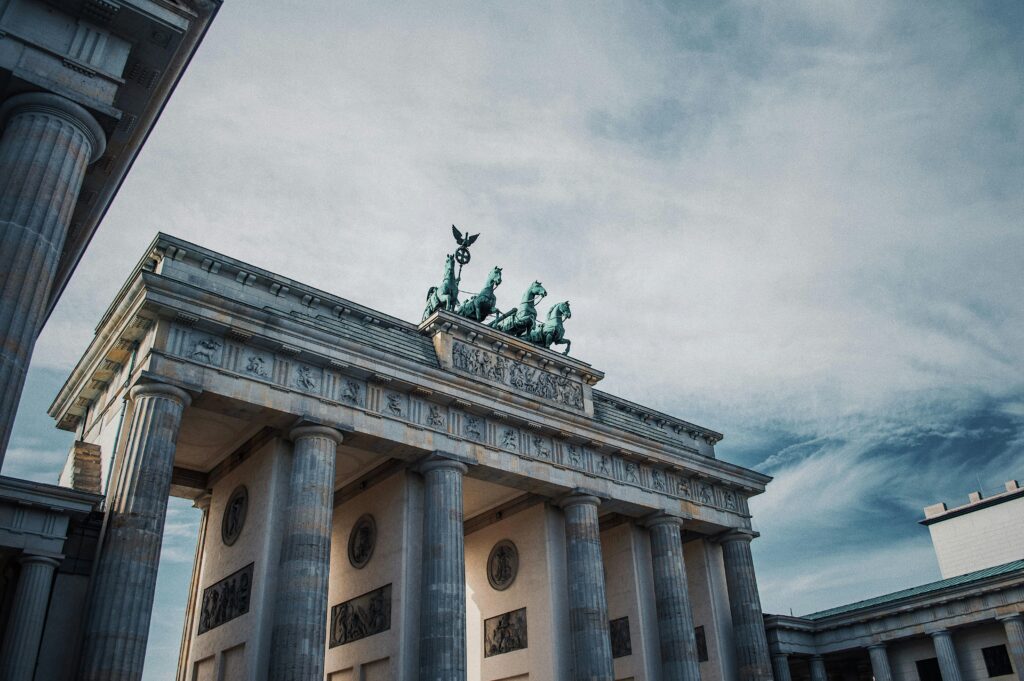
1. Berlin
Berlin, Germany’s vibrant capital, is a city rich in history, culture, and modern attractions. One of the most iconic landmarks is the Brandenburg Gate, a neoclassical monument that has become a symbol of German unity and peace. Nearby, the remnants of the Berlin Wall and the East Side Gallery, an open-air gallery featuring murals painted on the Wall, offer a poignant reminder of the city’s divided past and its reunification. Visitors can also explore Museum Island, a UNESCO World Heritage Site that houses five world-renowned museums, including the Pergamon Museum and the Altes Museum, showcasing collections that span thousands of years of history.
Another must-see is the Reichstag Building, the historic seat of the German parliament. Its modern glass dome, designed by Sir Norman Foster, offers stunning panoramic views of the city and a glimpse into the workings of the government. For those interested in contemporary history, the Berlin Wall Memorial and the Checkpoint Charlie Museum provide deep insights into the Cold War era. Berlin’s dynamic blend of historical and cultural landmarks makes it an essential destination for any traveler.
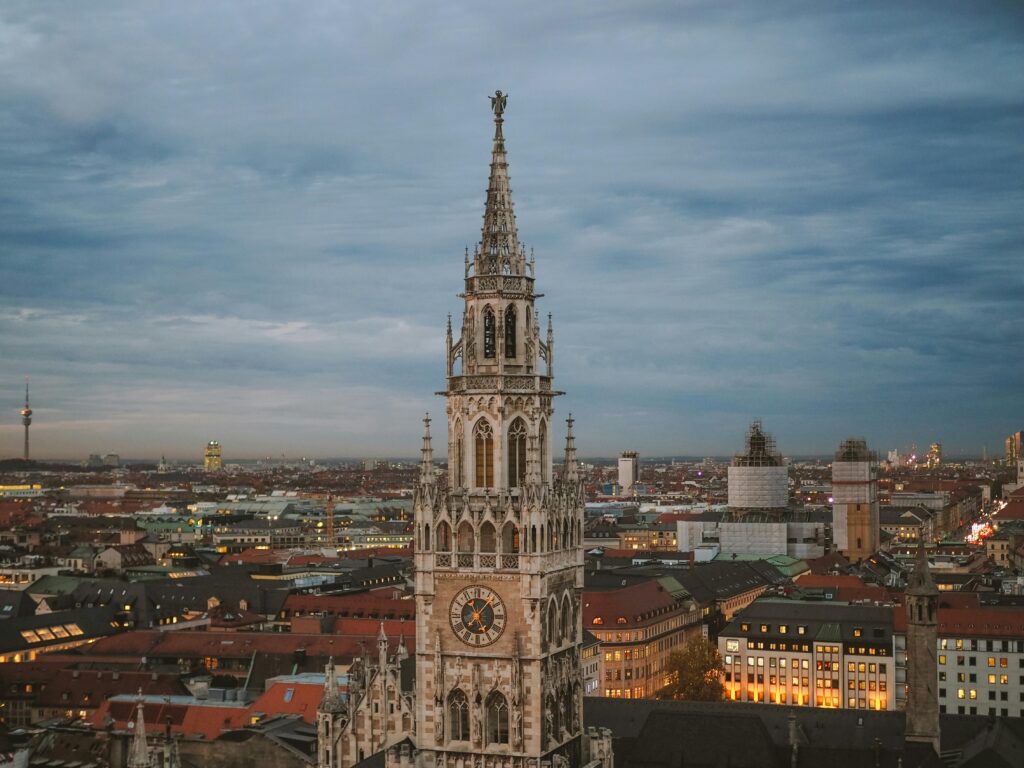
2. Munich
Munich, the capital of Bavaria, seamlessly blends traditional charm with modern sophistication. At the heart of the city is Marienplatz, the central square known for the neo-Gothic New Town Hall and its famous Glockenspiel, which performs daily. Not far from here, the Nymphenburg Palace, a magnificent baroque palace with expansive gardens, offers a glimpse into the opulent lifestyle of Bavarian royalty. For those seeking relaxation, the English Garden, one of the world’s largest urban parks, provides a perfect setting for leisure activities and picnics.
Automobile enthusiasts will find the BMW Museum fascinating, showcasing the history and innovation of the iconic brand. Additionally, Munich is renowned for its beer culture, with the Hofbräuhaus being a must-visit for those wanting to experience a traditional Bavarian beer hall. The city’s vibrant blend of history, culture, and modernity makes Munich a compelling destination for all types of travelers.
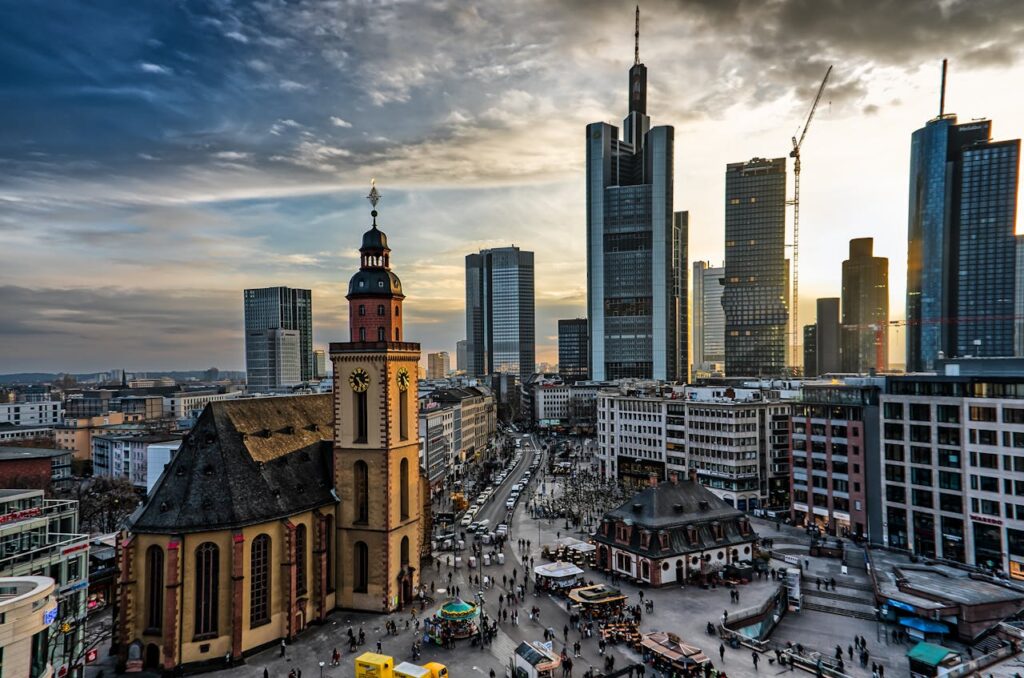
3. Frankfurt
Frankfurt, Germany’s financial hub, is a city of contrasts, combining modern skyscrapers with historic landmarks. The Römer, a medieval building that has served as the city hall for over 600 years, is located in the charming Altstadt (Old Town), surrounded by beautifully restored half-timbered houses. St. Bartholomew’s Cathedral, an impressive Gothic structure, is another historical highlight where German emperors were once crowned. Visitors can also explore the Goethe House, the birthplace of Johann Wolfgang von Goethe, one of Germany’s most famous writers.
For a modern perspective, the Main Tower offers an observation deck with breathtaking views of the city’s skyline. Frankfurt’s Museum Embankment, along the River Main, is home to numerous museums covering a wide range of topics, from art to architecture to history. This dynamic blend of old and new makes Frankfurt a fascinating city to explore.
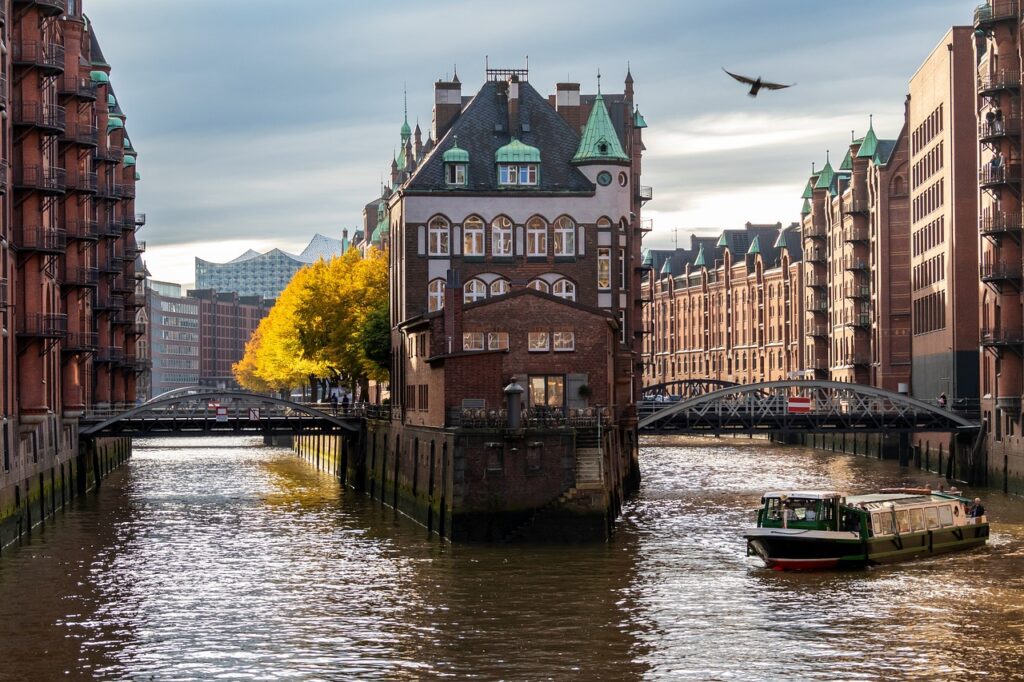
4. Hamburg
Hamburg, known as Germany’s “Gateway to the World,” boasts a rich maritime heritage and vibrant cultural scene. The Port of Hamburg, one of the largest ports in Europe, offers fascinating harbor tours that highlight the city’s importance as a major shipping hub. Miniatur Wunderland, the world’s largest model railway exhibition, is another popular attraction, captivating visitors of all ages with its intricate and expansive displays.
The Elbphilharmonie, a striking concert hall with its wave-like architecture, stands as a modern landmark offering exceptional acoustics and panoramic views from its observation deck. St. Michael’s Church, a baroque masterpiece, is renowned for its impressive tower, which provides spectacular views over the city and the harbor. Hamburg’s blend of historical charm and contemporary attractions makes it a captivating destination.
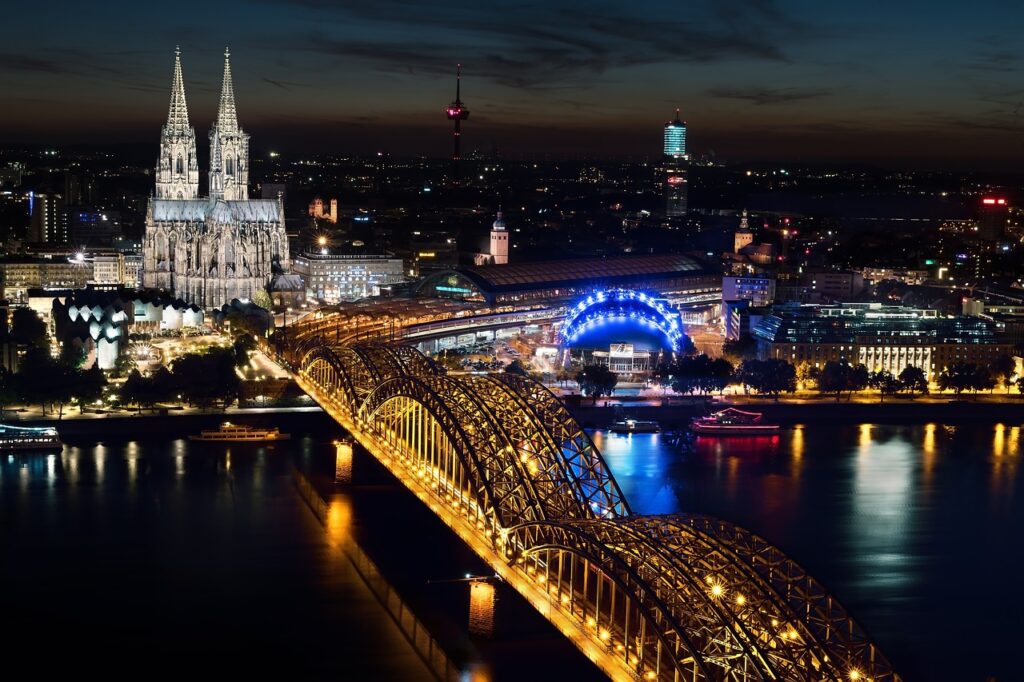
5. Cologne
Cologne, a city with a rich history dating back to Roman times, is most famous for its awe-inspiring Cologne Cathedral, a UNESCO World Heritage Site and one of the largest Gothic cathedrals in Europe. The cathedral’s twin spires dominate the city’s skyline, and its interior houses the Shrine of the Three Kings, said to contain the relics of the Magi. The nearby Hohenzollern Bridge, adorned with love locks, offers excellent views of the cathedral and the Rhine River.
The Cologne Chocolate Museum provides a delightful journey through the history and production of chocolate, complete with tastings. In the city’s Old Town, visitors can explore narrow streets lined with traditional houses, vibrant cafés, and shops. Cologne’s rich cultural heritage and lively atmosphere make it a must-visit destination in Germany.
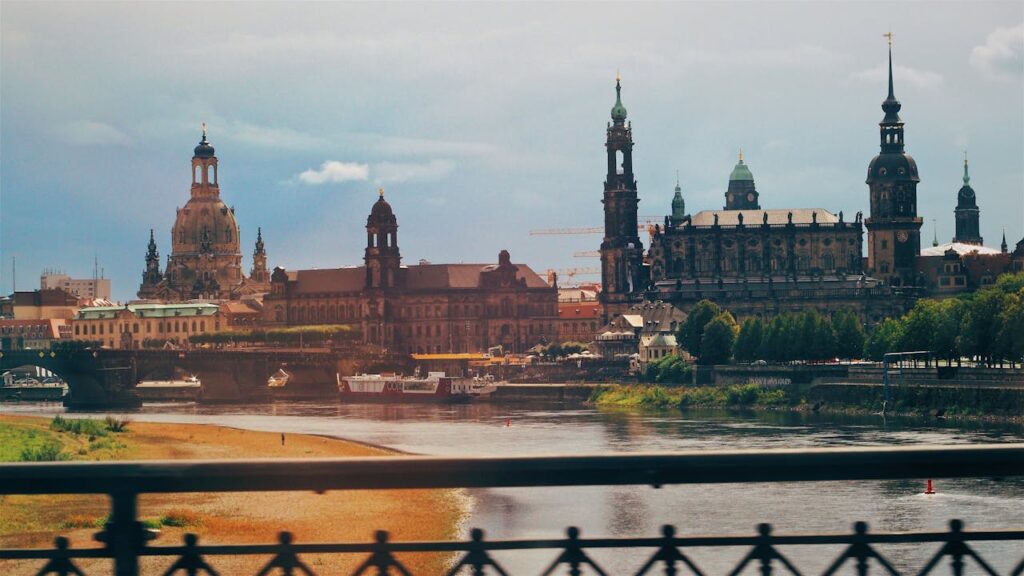
6. Dresden
Dresden, known as the “Florence on the Elbe,” is celebrated for its stunning baroque and rococo architecture. The Zwinger Palace, a magnificent baroque palace, houses impressive collections of art and historical artifacts. Another architectural gem is the Frauenkirche, the Church of Our Lady, which was meticulously rebuilt after its destruction in World War II and now stands as a symbol of reconciliation.
The Semperoper, Dresden’s renowned opera house, boasts a rich musical heritage and stunning architecture. Visitors can also stroll along Brühl’s Terrace, often referred to as the “Balcony of Europe,” offering lovely views of the Elbe River and the cityscape. Dresden’s blend of artistic and architectural splendor makes it a captivating destination for cultural enthusiasts.
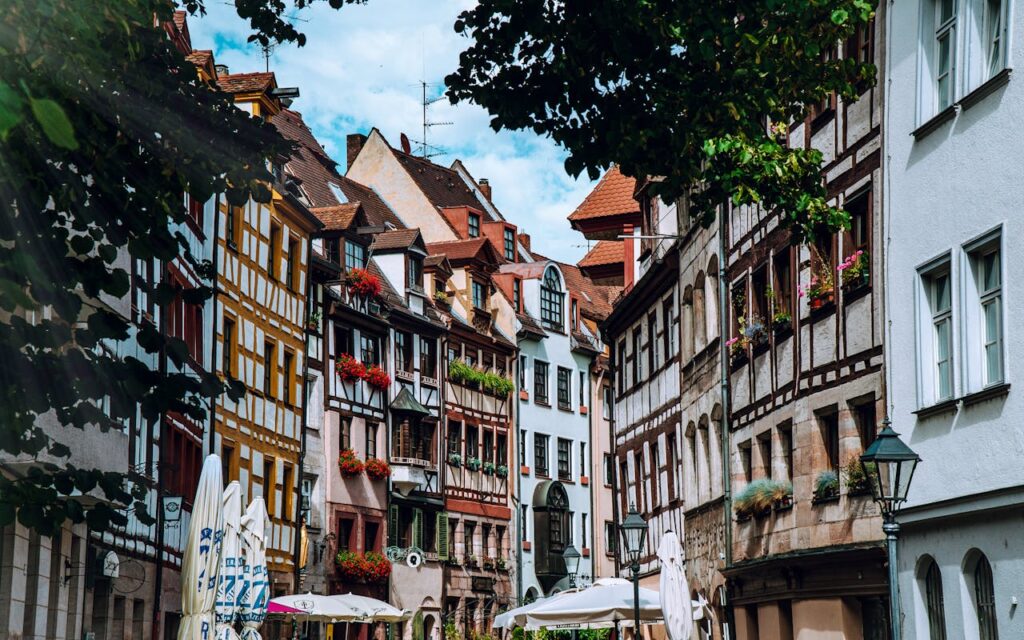
7. Nuremberg
Nuremberg, a city steeped in history, offers a wealth of medieval architecture and significant historical sites. The Nuremberg Castle, a formidable medieval fortress, provides panoramic views over the city and houses a museum detailing the city’s history. St. Lorenz Church, a grand Gothic church, is renowned for its beautiful stained glass and intricate sculptures.
The Nuremberg Trials Memorial, located in the historic courtroom where the post-World War II trials were held, offers profound insights into this pivotal moment in history. During the Christmas season, the Christkindlesmarkt, one of Germany’s most famous Christmas markets, transforms the city’s main square into a festive wonderland. Nuremberg’s rich historical and cultural heritage makes it a compelling destination year-round.
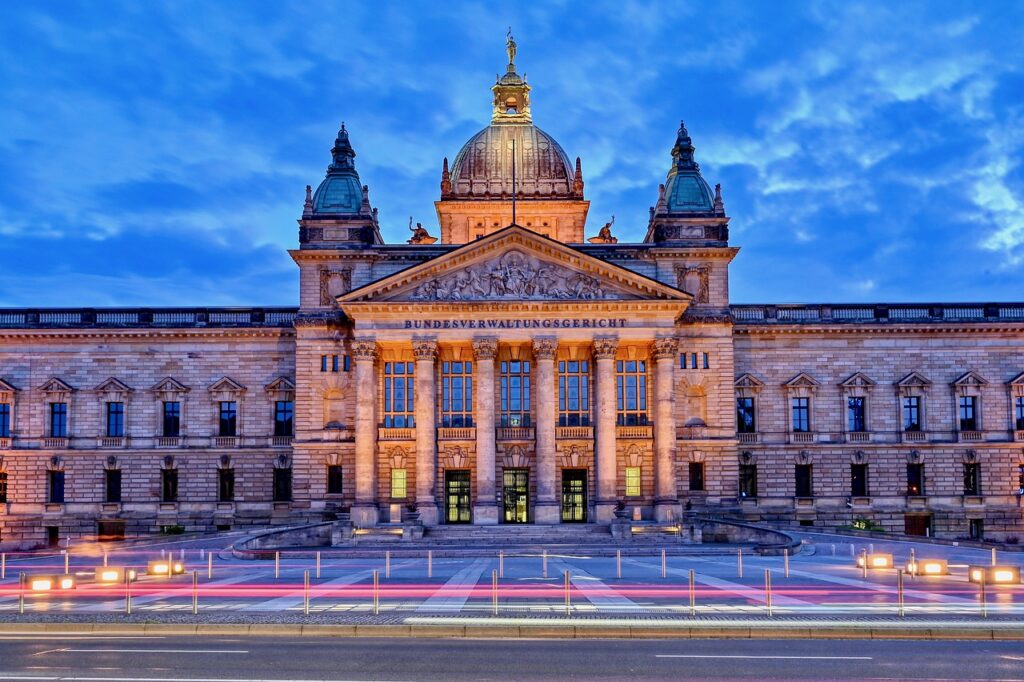
8. Leipzig
Leipzig, a city with a profound musical and cultural heritage, is home to St. Thomas Church, where Johann Sebastian Bach served as a cantor and is now buried. The church regularly hosts concerts and events celebrating Bach’s legacy. The Monument to the Battle of the Nations, a massive structure commemorating Napoleon’s defeat, offers impressive views and a glimpse into the city’s historical significance.
Leipzig Zoo is one of the most innovative and largest zoos in Europe, offering a unique and engaging experience for visitors. The Panometer Leipzig, housed in a former gasometer, presents fascinating panoramic art and historical exhibitions. Leipzig’s vibrant cultural scene and rich history make it an attractive destination for travelers.
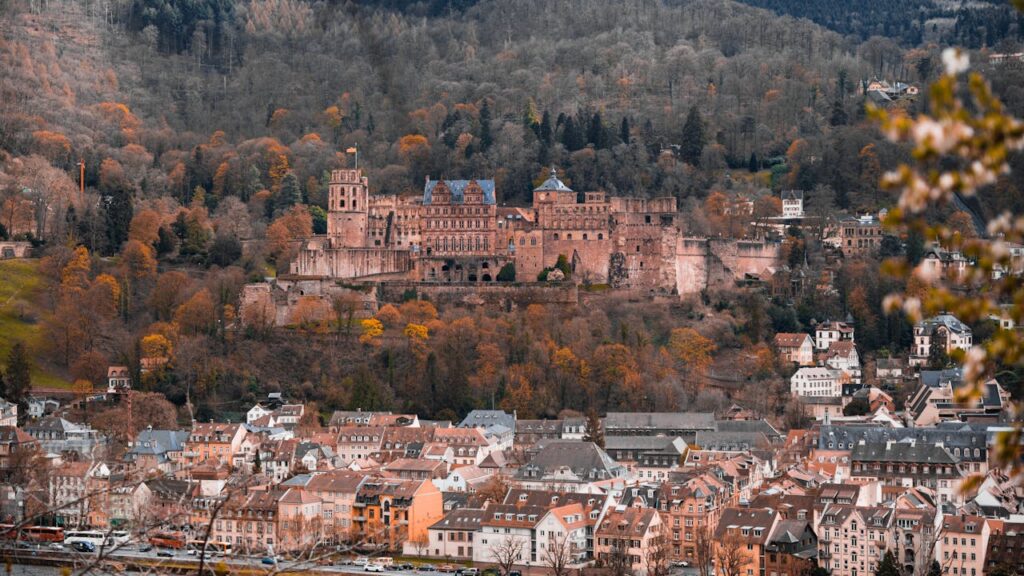
9. Heidelberg
Heidelberg, known for its romantic charm and intellectual heritage, is home to the stunning Heidelberg Castle, which overlooks the city and offers spectacular views of the Neckar River and the old town. The castle ruins and the extensive gardens provide a picturesque setting and a glimpse into the region’s history. The Philosopher’s Walk, a scenic path along the hills above Heidelberg, offers breathtaking views and a serene environment for reflection.
The Old Bridge, an 18th-century stone bridge, is another iconic landmark, providing a picturesque crossing over the Neckar River. Heidelberg University, Germany’s oldest university, adds to the city’s intellectual and cultural atmosphere, with its historic buildings and vibrant student life. Heidelberg’s blend of natural beauty, historical sites, and academic heritage makes it a truly enchanting destination.
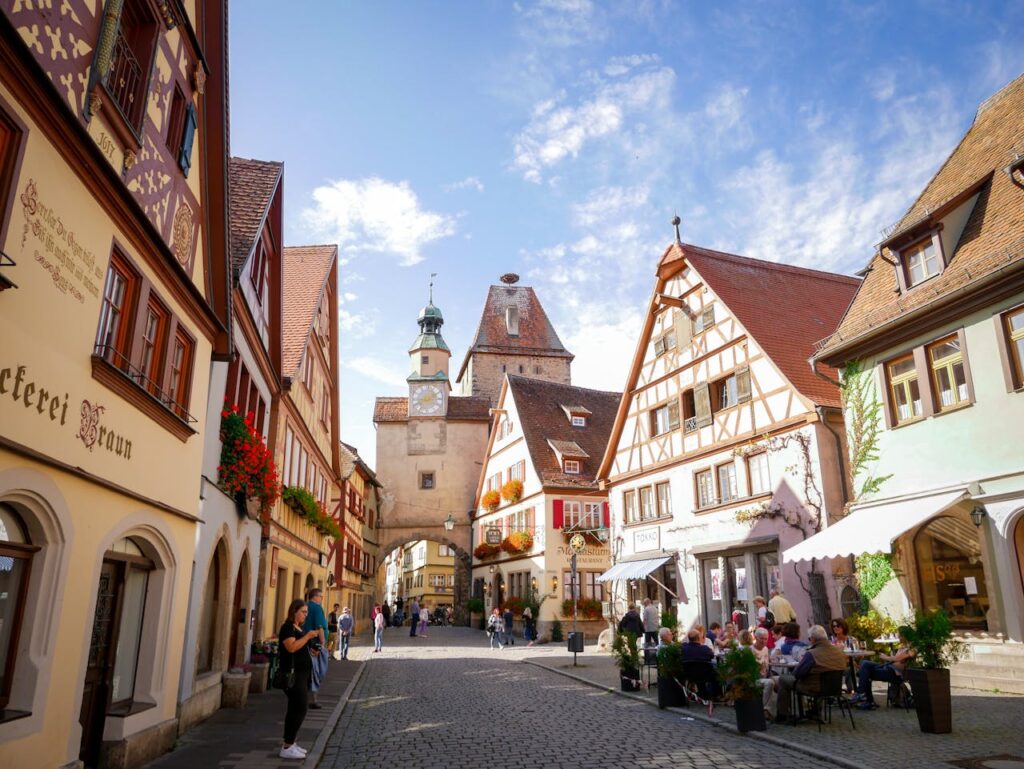
10. Rothenburg ob der Tauber
Rothenburg ob der Tauber, a perfectly preserved medieval town, offers a journey back in time with its half-timbered houses, cobblestone streets, and historic landmarks. The town’s medieval old town is one of the best-preserved in Germany, providing a captivating setting for exploration. St. James’ Church, known for its intricate wood carvings and beautiful stained glass, is a significant religious site within the town.
The Rothenburg Town Hall, with its climbable tower, offers stunning views of the town and surrounding countryside. The Christmas Museum, dedicated to the history and traditions of Christmas, adds a festive touch to any visit. Rothenburg’s medieval charm and historical significance make it a must-visit destination for those seeking a unique and enchanting experience.
Sample Pilgrimage Itineraries in Germany



